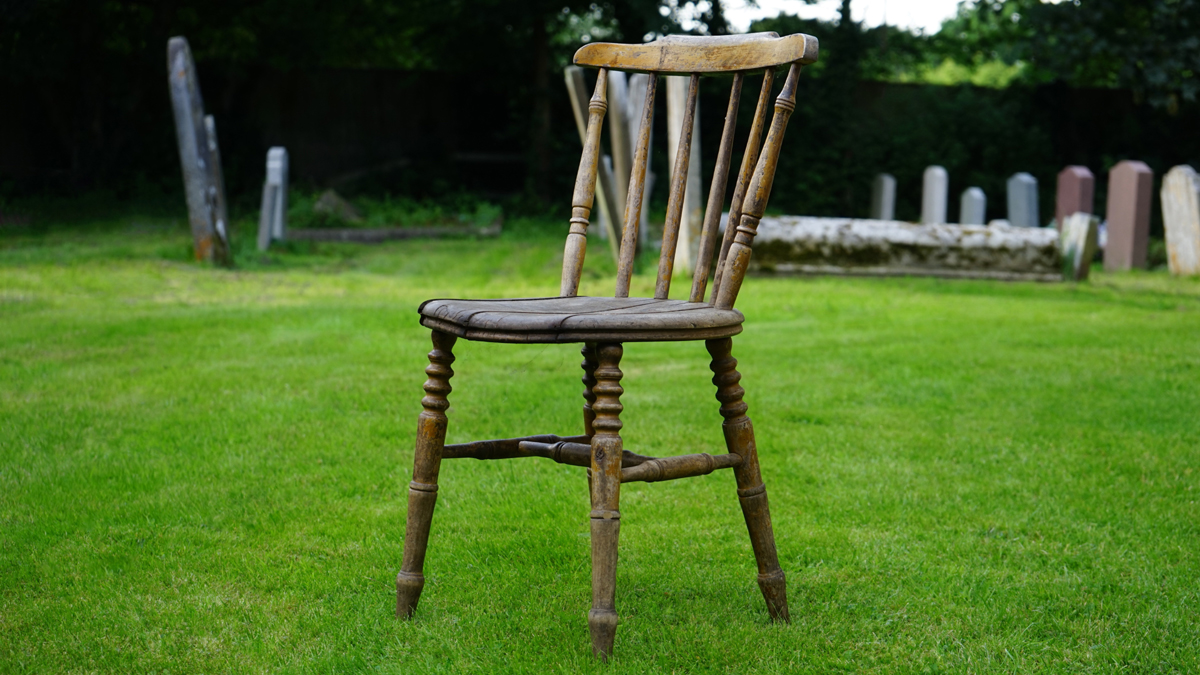How to Stain Kitchen Chairs

One of the most eco-friendly ways to redecorate your dining room or eat-in kitchen is to repurpose what you already have, making it look fresh, new, and modern without purchasing a new piece of furniture. Paint and stain are two excellent examples of ways to make this happen, especially for wood furniture. It is not difficult to learn how to stain kitchen chairs, and the project can often be totally completed in just one weekend.
Begin by making a list of what you will need for the project, including sandpaper, stain, tack cloth, mineral spirits, wood conditioner, and stain. There are several different stain options available, depending on what you are looking for, what type of wood you are staining, and the finish that you want. Several brand names offer environmentally friendly stains as well, made from products that will not harm the environment and safe for use with children and pets in the home. Do your homework before you shop to learn which retailers offer this type of stain.
Sand the chairs with your sandpaper, making sure you rub with the grain of the wood and not against it. Use the tack cloth to take care of dust, paying special attention to the chair backs and legs. You can wipe after each layer of sanding, one section at a time, until the chair is finished. The entire chair should be smooth to the touch, and free of dust, before tackling the next step.
Use mineral spirits to clean each chair, and when you are finished you will begin to see a difference in the wood. Mineral spirits highlight the uniqueness of each wood piece, and this is a great way to get ideas for what stain you want for the chairs. You can use a sponge or cleaning rag to apply the mineral spirits to the entire chair. Allow the chair to dry completely, and then use wood conditioner to prepare the wood for staining.
Apply the stain with a rag, sponge, or soft brush, leaving on the stain for a time period equal to how dark you want the stain. For instance, if you want the stain’s shade to be a very dark version of the shade represented, leave it on the maximum length of time recommended by the manufacturer. A lighter finish means less time before the stain is wiped away.
The finish is the final step: This is how you seal the stain, protect the color, and make the chair look great. It is really important to pay close attention to the shade of the finish, since it affects the final look of the furniture and can transform the stain from dull and lifeless to unique and beautiful. According to the experts, tung oil and polyurethane finishes are among the trendiest wood finish choices, but there are other options available depending on your budget and the desired result. The type of wood is also an affecting factor when you choose a finish, as some finishes work better than others on a specific type of wood.
The Author:
Jessica Ackerman








